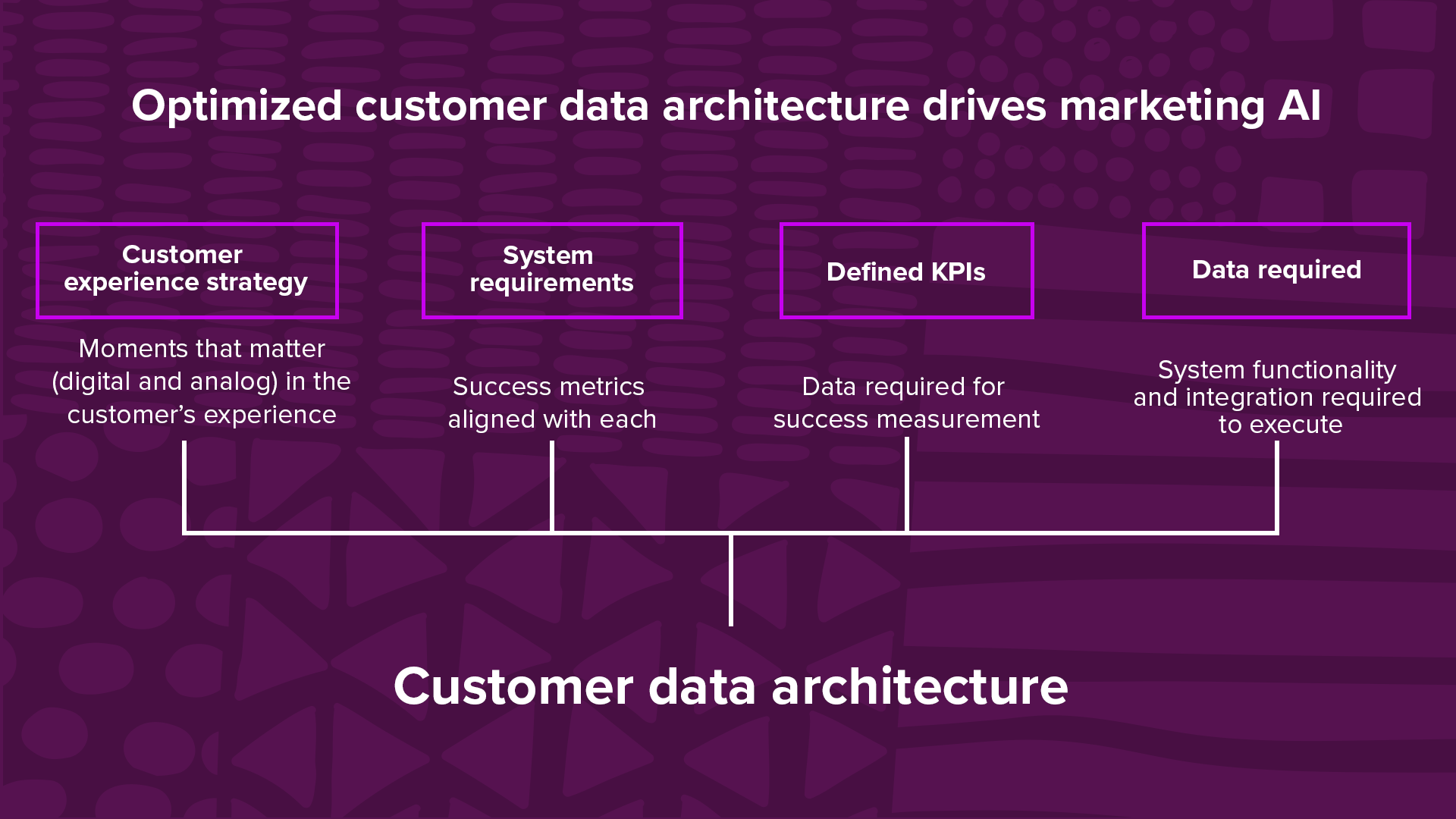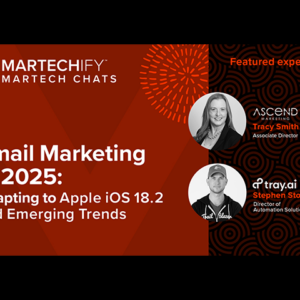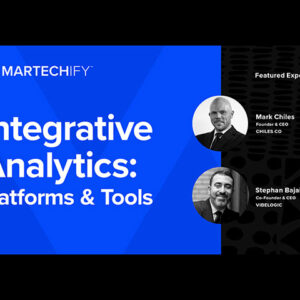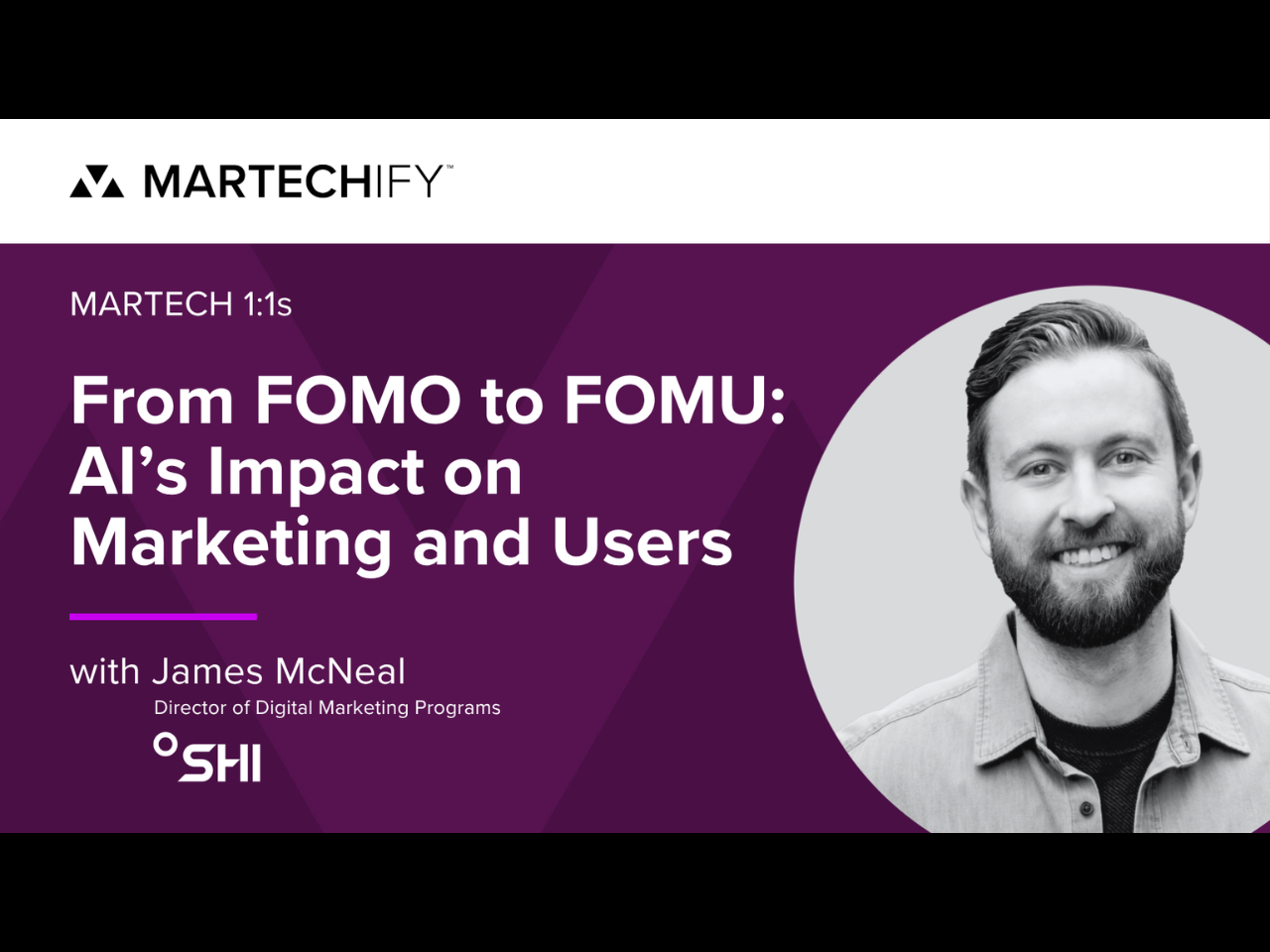From Data to Decisions: Personalized Engagement Through Martech
- Amy Schroyer, Former Chief Marketing Officer at Roundstone
- Customer Experience (CX), Data Management and Analytics, Digital Transformation, Strategy and Trends
In our second interview for this series, we sat down with Amy Schroyer, Chief Marketing Officer at Roundstone, to discuss the future of patient engagement and how martech can be leveraged for better outcomes in 2025.
Here’s what we’ve learned from Amy.
If the ultimate goal of a patient engagement strategy is customer generation, retention, and cross/upsell, then its objective is the same as many Marketing and Sales activities. It’s taking the notion that engagement on the customer’s (in this case, patient’s) terms creates and deepens/fosters stronger B2C relationships.
Practically speaking, this means engaging in the right topics in the right format via the right channel at the right time, creating and engaging harmonized customization and collaboration between patients, systems, and providers… and I think we’re just at the very beginning of this journey.
The value for the patient is that it can improve their health outcomes and satisfaction with their providers, enhance their treatment, and improve the speed/efficiency with which they get to the right provider at the right time. The value to us Marketers is that it can increase loyalty, retention, and cross-sell/up-sell. It has the potential to create a lifelong customer in the truest sense of the word.
To optimize patient engagement requires customization at the individual or small group (1 to 1 or 1 to some) level in terms of Marketing actions, assets, and a host of additional interactions with the patient across the course of their relationship with the provider. So the activities and outcomes tracked by the martech stack, as well as the outbound activities that occur via the stack, are critical for this patient-level customization.
Practically speaking, this means engaging in the right topics in the right format via the right channel at the right time, creating and engaging harmonized customization and collaboration between patients, systems, and providers… and I think we’re just at the very beginning of this journey.
The value for the patient is that it can improve their health outcomes and satisfaction with their providers, enhance their treatment, and improve the speed/efficiency with which they get to the right provider at the right time. The value to us Marketers is that it can increase loyalty, retention, and cross-sell/up-sell. It has the potential to create a lifelong customer in the truest sense of the word.
To optimize patient engagement requires customization at the individual or small group (1 to 1 or 1 to some) level in terms of Marketing actions, assets, and a host of additional interactions with the patient across the course of their relationship with the provider. So the activities and outcomes tracked by the martech stack, as well as the outbound activities that occur via the stack, are critical for this patient-level customization.

Let me share an example I recently worked on where the organization was using a variety of CRM, Marketing Automation, and Content Management systems… ineffectively.
Challenges included:
1. The CRM system was chosen and configured without participation from critical internal organizations who should have been using it. Participation and decision making excluded critical functional areas of the company that drive different aspects of the customer’s experience. For instance, the CRM system didn’t accurately manage sales pipeline tracking and most Marcom activity tracking.
2. Lack of institutionalized knowledge made it impossible to understand how the CRM system was chosen and customized in this particular way.
3. The bottom line was that we had no idea of the true customer experience—when someone was touching the brand (human or electronic) across their lifetime with us from pre-purchase to renewal. So, we had no idea what was “working” in terms of marketing campaigns and activities, customer acquisition, steps/moments in the sales pipeline, onboarding, renewal, or customer relationship management interactions.
4. As a result, we couldn’t pinpoint where we were winning and losing in the customer’s experience and, more particularly, their buying journey. How do you continue to grow a company at 30+% with these critical gaps in knowledge and therefore go forward strategy? Start over by mapping the customer experience and rebuilding the martech stack to meet needs of today and future.
This all sounds like data and data architecture talk, but it actually starts with and relies on a persona-based Marketing strategy. This strategy must be in place to create the holistic experience you want your customer (the patient, in this case) to have with the provider. The next step is tactically mapping the functionality and data needed to execute and understand the outcome of each critical interaction mapped. Essentially, it’s architecting the optimal customer/patient journey and then designing and executing customer/patient interactions (both human and digital) that meet or exceed their personal expectations.
It goes back to the customer experience.
The martech stack can only be successfully created, revised, or enhanced based on this somewhat painstaking approach to patient engagement.
This is the promise of the martech stack and personalization, and it’s even further enhanced by the potential of AI. However, I don’t think most of us are there yet. Rather, 2025 will be about strategizing the patient experience, mapping it, and putting the tools in place in the martech stack to begin achieving it.
Challenges included:
1. The CRM system was chosen and configured without participation from critical internal organizations who should have been using it. Participation and decision making excluded critical functional areas of the company that drive different aspects of the customer’s experience. For instance, the CRM system didn’t accurately manage sales pipeline tracking and most Marcom activity tracking.
2. Lack of institutionalized knowledge made it impossible to understand how the CRM system was chosen and customized in this particular way.
3. The bottom line was that we had no idea of the true customer experience—when someone was touching the brand (human or electronic) across their lifetime with us from pre-purchase to renewal. So, we had no idea what was “working” in terms of marketing campaigns and activities, customer acquisition, steps/moments in the sales pipeline, onboarding, renewal, or customer relationship management interactions.
4. As a result, we couldn’t pinpoint where we were winning and losing in the customer’s experience and, more particularly, their buying journey. How do you continue to grow a company at 30+% with these critical gaps in knowledge and therefore go forward strategy? Start over by mapping the customer experience and rebuilding the martech stack to meet needs of today and future.
This all sounds like data and data architecture talk, but it actually starts with and relies on a persona-based Marketing strategy. This strategy must be in place to create the holistic experience you want your customer (the patient, in this case) to have with the provider. The next step is tactically mapping the functionality and data needed to execute and understand the outcome of each critical interaction mapped. Essentially, it’s architecting the optimal customer/patient journey and then designing and executing customer/patient interactions (both human and digital) that meet or exceed their personal expectations.
It goes back to the customer experience.
The martech stack can only be successfully created, revised, or enhanced based on this somewhat painstaking approach to patient engagement.
This is the promise of the martech stack and personalization, and it’s even further enhanced by the potential of AI. However, I don’t think most of us are there yet. Rather, 2025 will be about strategizing the patient experience, mapping it, and putting the tools in place in the martech stack to begin achieving it.













